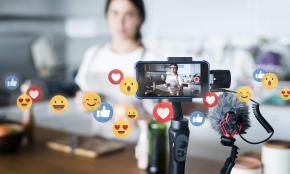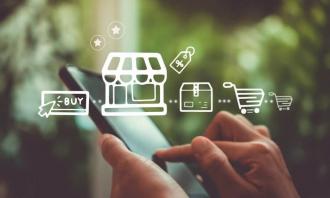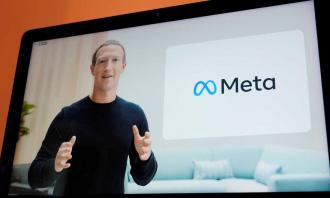


Nissrine Fessikh
19-08-2021 4 min readInfluence Marketing Challenges
Regarding B2B, there are opportunities in tech: "how do I choose my technologies?", we also see a lot of influence networks around LinkedIn.
In the B2C world, there are sectors that are more advanced than others because of content and influencers like beauty. What's special about beauty is that brands have emerged from influence. Influencers have become so important that they have managed to create their own brand such as Kylie Cosmetics which has sold for more than 1 billion dollars. Beauty is king in terms of the amount of content and brand activity and is driven by product testing. Influence also impacts behavior in fashion, gaming, food, travel...
For a long time, influencer marketing has been focused on brand visibility, brand consideration objectives but this year because of the pandemic and the acceleration of e-commerce, we've seen more activities that are related to performance, to conversion.
More and more, we're seeing the integration of influence and commerce with influencers sharing links, becoming affiliates. Influencers are more involved in social commerce. It is both driven by brands who want more e-commerce performance and driven by influencers themselves who are looking for other sources of revenue than sponsored posts.
Which networks should be used for campaigns?
It depends on the sector. If you're in B2B, you'll be more on LinkedIn, if you're in gaming, you'll be more on Twitch. In the beauty and fashion sectors, Instagram is the big leader.
What's important to note:
- The emergence of new formats: on Instagram, brands will use for example formats like Reels or Stories.
- The emergence of new platforms: like TikTok. Brands have started to invest in this network, start sponsoring content with new influencers, with viral content that generates a lot of engagement. TikTok is the platform on which brands are focusing their attention.
Regarding other social networks:
- Influencers finally turned away from Snapchat a bit because the network was not open enough with a lack of data, the app did not encourage creators to join them.
- YouTube is still an interesting social network, it's the world of long-form content, it's the place to tell slightly longer brand stories. In beauty, there are a lot of influencers who have big communities on YouTube where they do longer product reviews.
- Facebook is much less present in the Influence and influencer space. There's pretty low engagement, a lot of influencers just switched over to Instagram a while ago.
The openness of the platforms (i.e. access to performance data) is really important in terms of their ability to attract creators, and for all brands, you need a viable ecosystem. Influencers go where they can make money from the work they do with their audience.
How to measure the performance and ROI of influencer campaigns?
The ROI of influencer campaigns involves measuring the impact on the business through several means:
- Affiliation and couponing methods: direct impact on sales
- Marketing mix modeling tools: how to compare the impact of television, digital, influence, how to try to isolate the impact of each communication medium.
- Customer brand lifts studies: a study with direct audiences, what was the impact on their perception of the brand.
Brands measure their campaigns through metrics such as engagement or aggregate scores that measure content performance, generate views, and engagement. Brands need live performance indicators. There is a real issue around ROI measurement that requires a certain sophistication from brands and companies. New challenge: knowing how to relate expenses to expected benefits.
Don't miss any news, subscribe now!
Related articles
Publications recommandées





